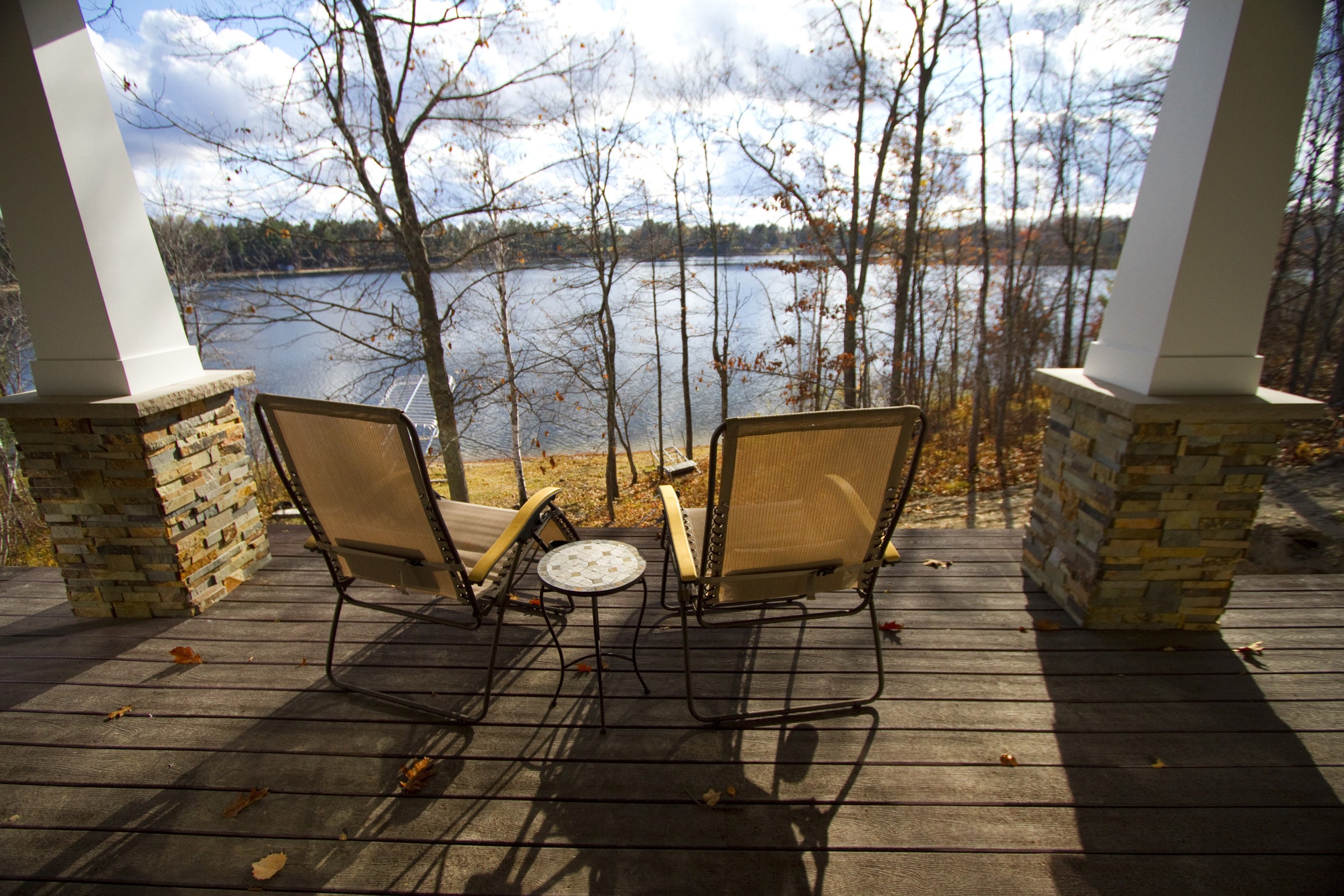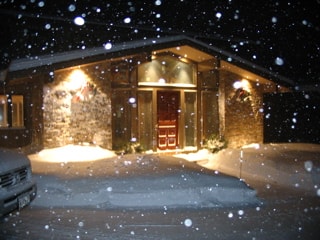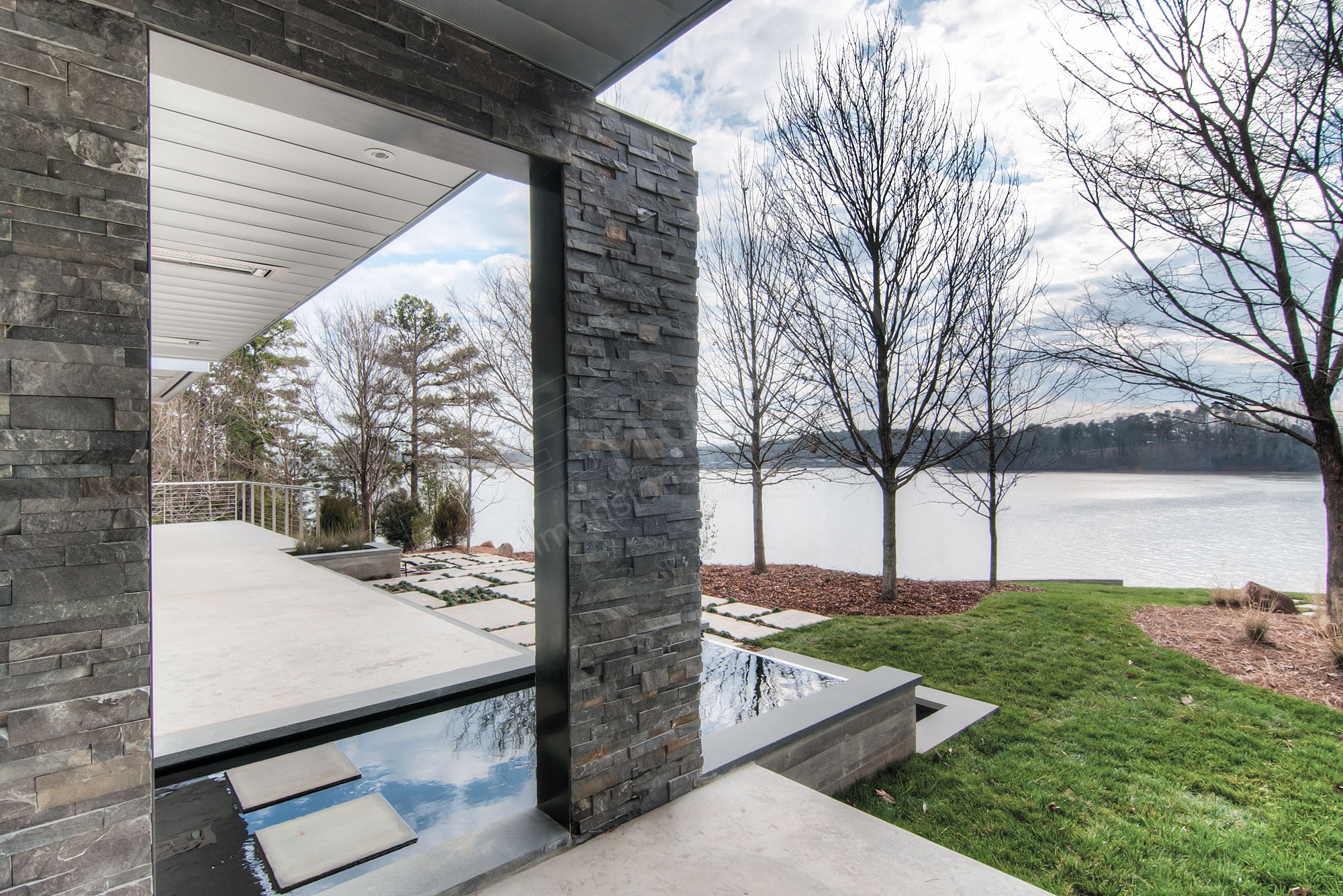How Freeze – Thaw Cycles Can Impact Stacked Stone Veneer
Looking outside our office window in sunny Florida its definitely a rare event to see a hard freeze covering the grass, plants, and roofs with frost, but that’s just what we’re dealing with on this cold January morning. And while it doesn’t happen but maybe once or twice a winter here in Florida, freeze – thaw cycling is a daily occurrence for many parts of the country for most winter. The impacts of freeze – thaw cycling can be huge on all sorts of building materials, but for purposes of this blog, we’re going to look at how freeze – thaw cycling can impact a stone veneer installation.
One of the first questions we get when we present our stone veneer panels or natural stone tile products to architects and designers is whether or not they can be used for exterior stone installations, and if they can be used outside, what about freeze – thaw areas? It’s an on point question because any residual moisture in a stone installation will expand when frozen, with the big risk being that the expansion and contraction caused by freeze – thaw cycling ends up destabilizing the install, and maybe even going so far as to crack a stone or pop it off the wall.

This is a particularly valid question with our stone veneer panels. Since these veneers are installed in a “dry stack” fashion, meaning no mortar goes in between the individual pieces of stone, there is clearly ample cracks, crevices and fissures for water and moisture to travel through, water log the substrate and create significant expansion during a freeze cycle. More traditional stone veneers, specifically applications where mortar is “pointed” after the stone is set to fill in all the gaps between stones in an installation are seemingly much closer to being “water tight” and preventing much, if any water from getting through the stone and into the substrate. So what’s the answer?

The answer to this freeze – thaw conundrum for dry stacked stone veneer lies in both the substrate and the stone itself. From a substrate standpoint, installers should plan for water to pass through stone veneer and into the substrate, there’s simply no way to prevent that in a dry stacked stone installation. However, by using a waterproofing and crack isolation membrane over the substrate and a freeze – thaw stable thinset, not only can you install dry stacked stone veneer panels, but you can even install natural stone tiles requiring grout, like our Lynia IL tiles. The crack isolation membrane is specifically designed to absorb the small stresses created by freeze – thaw cycling without destabilizing an installation.
From a stone standpoint, you also have to make sure the stone itself is freeze thaw tested. Even if the substrate its stuck to is stable in these changing conditions, the stone itself might still show signs of freeze – thaw cycling. Part of the process we go through when evaluating new products is to have them tested according to the ASTM C67 test, which soaks the stone samples for 4.5 hours in room temperature water, then freezes them for 20 hours, and then repeats this cycle 50 times. The samples are examined every 5 cycles under magnification to look for any signs of cracking or fissuring. A stone type that can crack or fissure under this type of testing would not be suited for exterior use as a building material in a freeze – thaw climate.

Many of these products and techniques are still fairly new, maybe 10-15 years old, so in an industry like stone masonry where knowledge has been accumulating for centuries, there can be a knowledge gap between an experienced installer who might be doing things the same way as they were taught 30 years ago, versus an installer that might be more up to date on the latest products, tools, and techniques that are coming into the tile and stone industry and making their jobs easier.
We hope you found this article informative, especially if you have questions about how stacked stone veneer can be used in freeze – thaw locations. Feel free to speak with any of our reps who are very knowledgeable in the technical aspects of installing our products and find out how a Norstone natural stone veneer or tile product can be a great fit for your next project. And for those of us experiencing this winter cold snap – stay warm!
.png)



